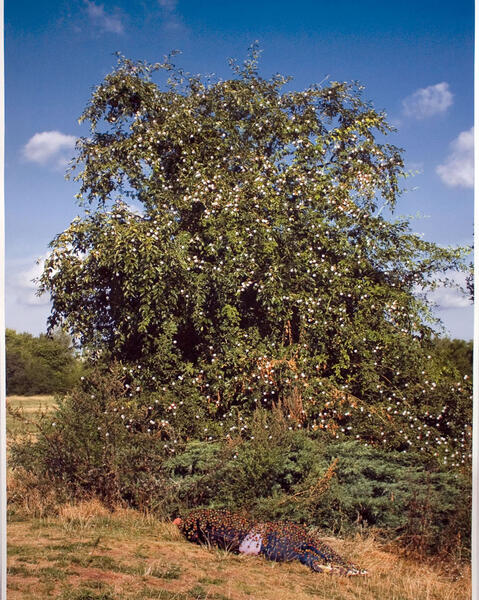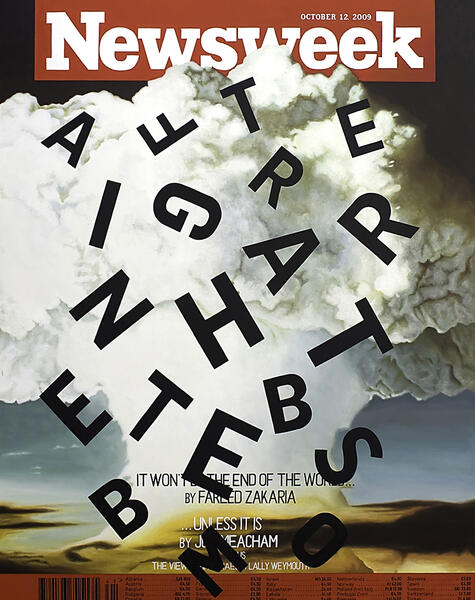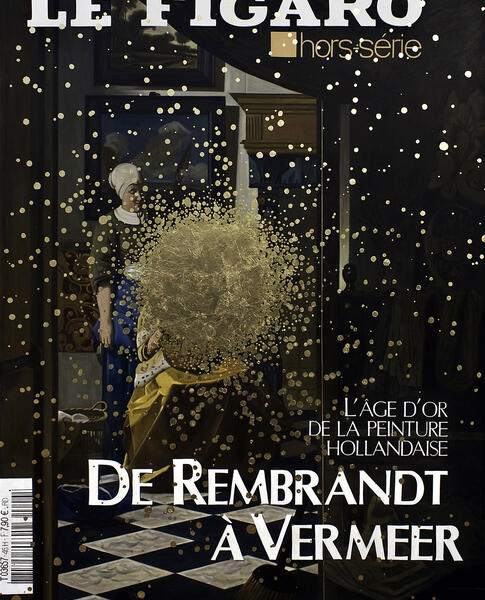Hugo Lugo in the Art Center in Monterrey
Text from the catalog of the exposition “The Surface of the Precipice”
Hugo Lugo presents his first individual exhibition in a museum space. La superficie del precipicio (The Surface of the Precipice) in the Art Center in Monterrey, brings together the works of these past years of an artist capable of misplacing the boundaries between drawing and painting, between the design and the original, and between the representation and the reality.

As a kid, Hugo Lugo always wanted to travel. Perhaps this is the reason he has moved around so much: He was born in Los Mochis, Sinaloa, but studied in Montemorelos, Nuevo León, and then finally settled down in Tijuana. Maybe it was all this extremes and trips what has come to be reflected, deliberately or not, in his art.
The memory of his childhood appears to have great importance for this artist; he constantly recalls memories so that one can identify them in his artwork. He tries to evoke them in his paintings, to outline them in his drawings, and capture them in his photographs, and yet, once the piece is finished, the resulting image has nothing to do with the memory or reality. The representation of what he has lived creates a new situation that is independent, authentic and unique. In his work Lugo manages to enlarge the little experiences. From anecdote to representation.
II.
Hugo Lugo is interested in experimenting with the job of the artist, investing time in finishing the piece; the more difficult the piece, the better. This is why he still Works with oil, taking it as a great homage to the tradition of painting, which he seeks to, if not reinvent, at least reread from a modern view. In his Works there is a reminiscence of the traditional pictorial genres, like landscapes and dead nature. Hugo Lugo revises them and Works on them by adding a playful element. In his work, the scenes are not what they appear at first glance; a careful look will reveal absurd situations. It appears as if what the artist is trying to convey are comic situations with a hint of catastrophe but that don’t create a feeling of worrying, but rather of strangeness. In his earlier works, the artist constantly sought to represent the human figure. There was the landscape, yes, but the character, almost always a man, was the indisputable protagonist; ecstatic, reflective and curious. His factions could not be distinguished; he was an observer of nature, a reference whom the spectator could identify with. However, in his most recent pieces Lugo has began to leave the representation of the human figure and only evokes it.
III.
The Surface of the Precipice is Hugo Lugo’s first individual exposition in a museum space. Although the majority of the works displayed are from 2009 and 2010, there is a good number of pieces that allude to his precious works and that reveal clearly the line of work and the narratives that the artists has sought in the past few years.
The artist has dedicated himself to showing his processes, the formal as well as the theoretical. This is why he places what could be called a design on paper, next to an oil painting that seems to fit the design. However, when one looks carefully, every single one of these pieces reveal itself independently; the use of pictorial language in the design ends up being completely different from the oil painting’s language. It is then clear how it evolves, and how the artist understands every single one of his processes and his supports, managing every one with total autonomy.
In Lugo’s work, the photographs are a derivation of the pictorial. They are not records or illustrations, but an extension of the processes of his painting, a distinct way to manage –and represent- an image.
The creative process of this artist is concentrated in the observation of fleeting moments that become scenes to be represented. His work arises from every day experiences, that could appear inconsequential and even deceiving, but that nonetheless become permanent once they are translated into cloth. The artist seeks to enlarge the small experiences, to immortalize the smallest gestures in cloth, making them significant.






